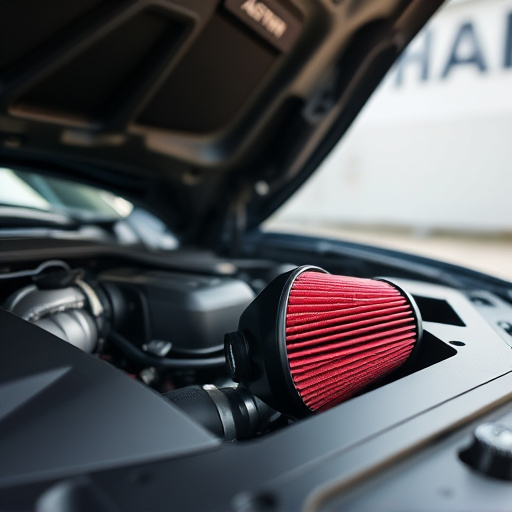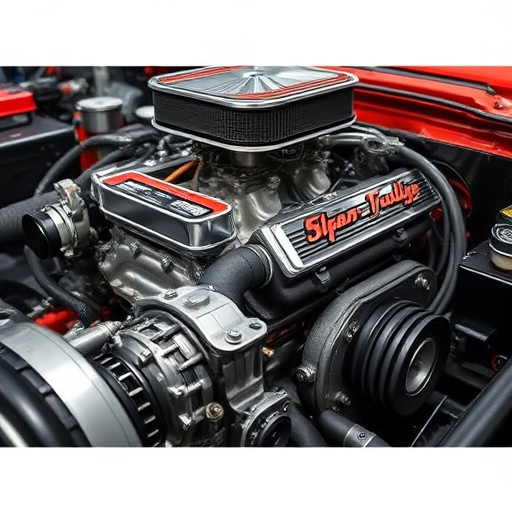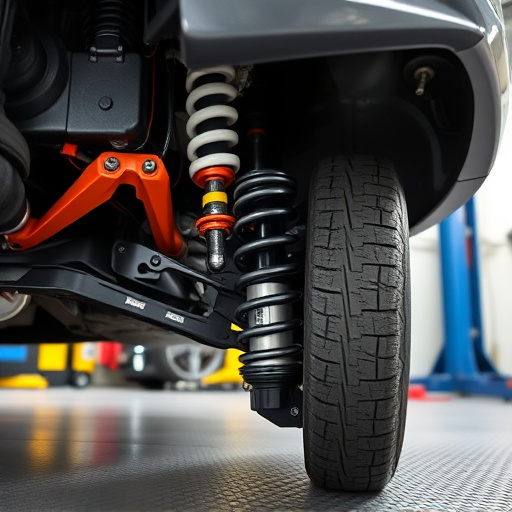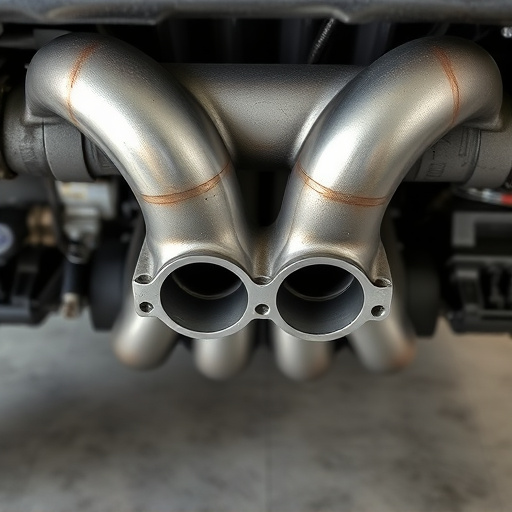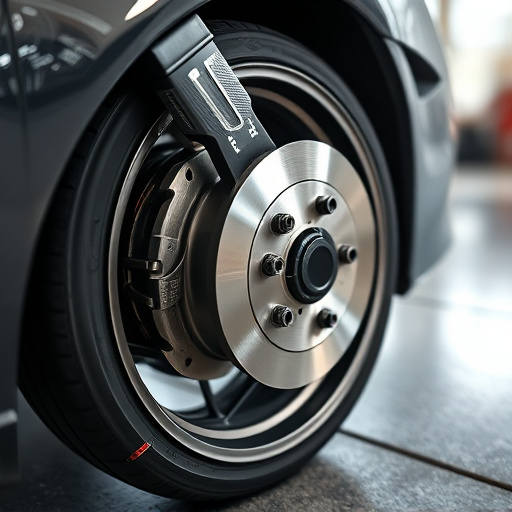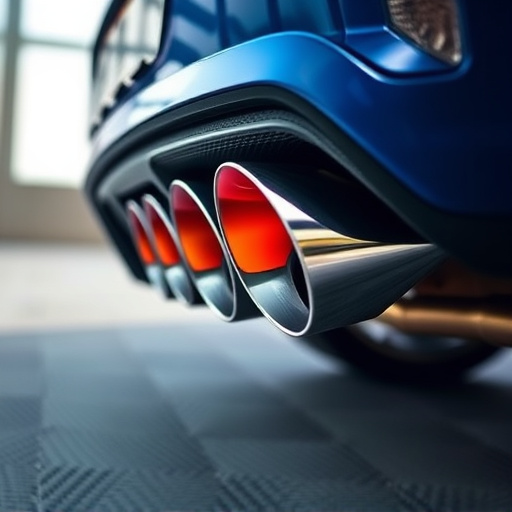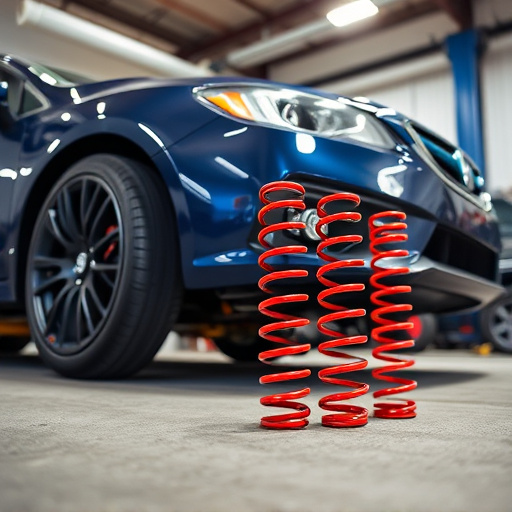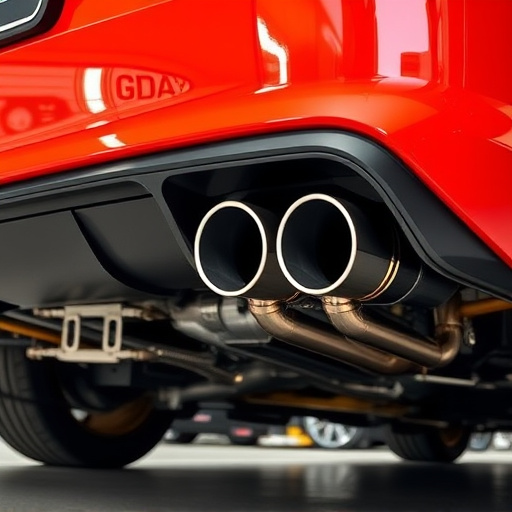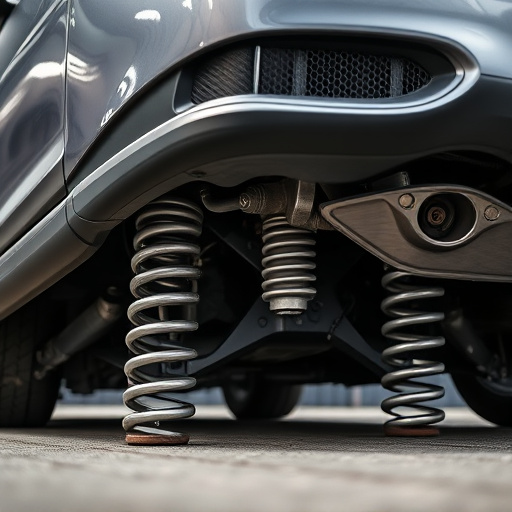Cat back exhaust systems enhance engine performance and noise reduction through components like converters, mufflers, and tailpipes, beginning after headers/manifolds. They require understanding interactions with intakes and suspension for optimal tuning. Common issues include leaks, backpressure, drivability problems, and noise levels, often caused by damage, improper installation, or modified intake components. Visual inspections, tightening connections, and professional repair address these problems effectively.
Are you experiencing rumbling noises or reduced engine performance from your vehicle? It might be a problem with your cat back exhaust system. This comprehensive guide breaks down everything you need to know about diagnosing and fixing cat back exhaust issues. From understanding the basic components to identifying common problems like leaks, backpressure, and drone, we provide practical troubleshooting steps and repair tips. Get ready to restore your vehicle’s optimal performance!
- Understanding Cat Back Exhaust System Basics
- Common Cat Back Exhaust Issues & Causes
- Troubleshooting Steps & Tips for Repair
Understanding Cat Back Exhaust System Basics
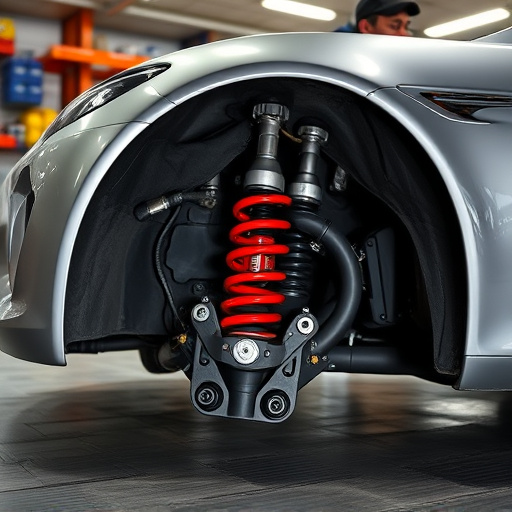
The catback exhaust system, a component of your vehicle’s emission control system, plays a crucial role in enhancing engine performance and reducing noise pollution. It consists of several parts, including the catalytic converter, muffler, and tailpipe, which work together to filter harmful gases and emit a more pleasant sound. This system is distinct from the primary exhaust system, as it begins after the headers or manifold, allowing for greater flexibility in tuning and customization.
Understanding catback exhaust systems involves grasping their interaction with other components like cold air intakes and suspension parts. While the primary function is to manage exhaust gases, these systems can also impact vehicle dynamics. For instance, modifications to the catback, such as adding a performance exhaust or upgrading suspension components, may require adjustments to ensure optimal performance and stability, especially for those with cold air intake systems.
Common Cat Back Exhaust Issues & Causes
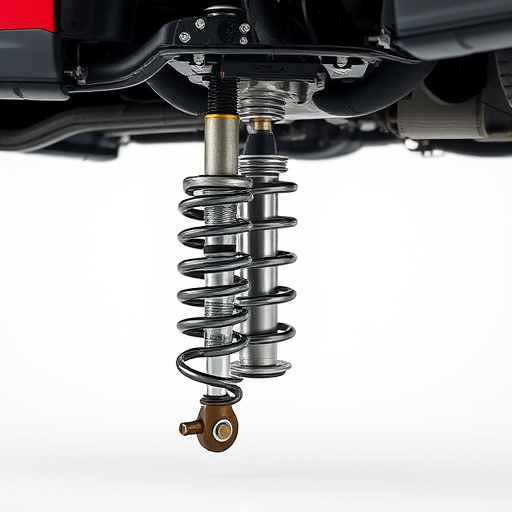
Cat back exhaust systems are prone to several issues that can impact your vehicle’s performance and driving experience. One of the most common problems is a leak within the system, often occurring at the joints or connections. This can be caused by damaged gaskets, corroded bolts, or improper installation during initial fitting. Another frequent issue is backpressure buildup, which may lead to reduced engine power and even damage to the engine over time. This typically arises from a clogged or improperly sized catalytic converter or residual exhaust gas leaks from cracked pipes.
Additionally, cat back exhaust systems can cause drivability problems related to the vehicle’s braking system, as heat and exhaust gases can affect brake rotors and lead to reduced braking performance. Unforeseen modifications to the intake components, such as the installation of cold air intakes, might also compromise the exhaust system’s efficiency. Poorly designed or improperly fitted systems may also result in unpleasant noise levels, including loud rumbling or popping sounds, due to residual gases being forced through the exhaust.
Troubleshooting Steps & Tips for Repair
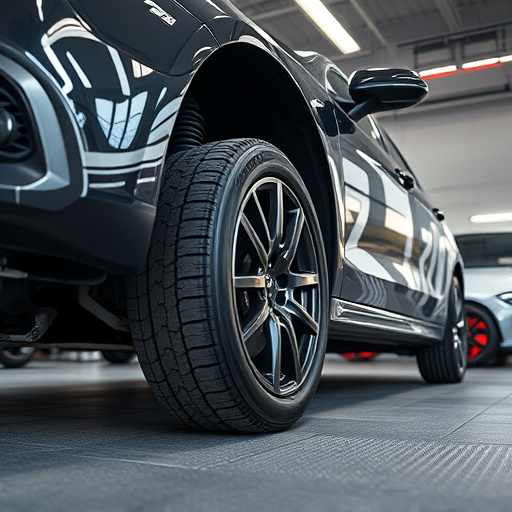
When troubleshooting a cat back exhaust system issue, start by visually inspecting the components for any signs of damage or leaks. Check for loose connections at the hangers and clamps, as well as wear and tear on gaskets and seals. A simple tightening or replacement of these parts can often resolve minor problems.
For more complex issues, consider the performance of your vehicle’s engine and exhaust system. If you’ve recently installed high-performance parts like upgraded brake rotors or performance brakes, they might be causing inconsistent readings in the exhaust flow. Adjusting the timing or fuel injection settings could be necessary. Additionally, keep an eye on any unusual noises coming from the exhaust—a telltale sign of a misaligned or damaged component that may require professional repair.
When troubleshooting your cat back exhaust system, understanding its basic components and common issues is key. By identifying problems early, you can prevent costly damage and ensure your vehicle’s engine runs efficiently. With these troubleshooting steps and tips in hand, you’re equipped to navigate any cat back exhaust challenges, maintaining optimal performance and prolonging your car’s overall health.


